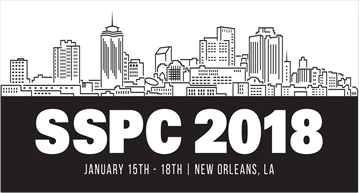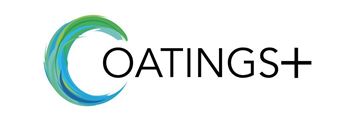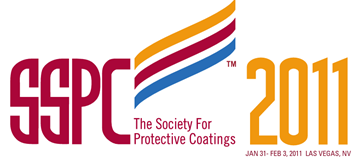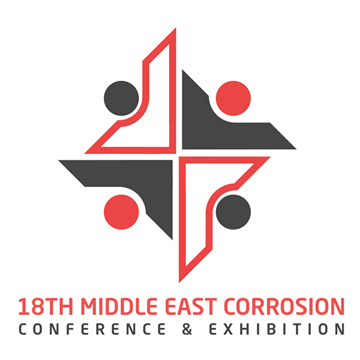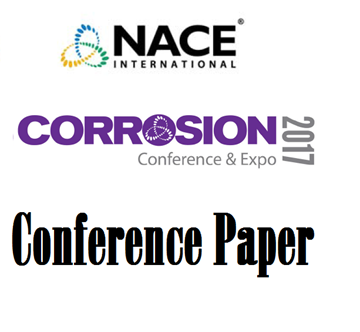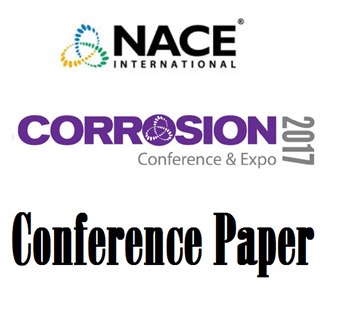Search
Individual Conference Papers
View as
Sort by
Display
per page
ON THE TOPOGRAPHICAL AND PERFORMANCE EFFECTS OF REBLASTING A PREVIOUSLY PREPARED STEEL SUBSTRATE
Product Number:
51218-141-SG
Publication Date:
2018
$20.00
On the Topographical and Performance Effects of Underblasted and Reblasted Carbon Steel Substrate
Product Number:
51220-278-SG
Publication Date:
2020
$20.00
On the weldability and corrosion resistance of alloy UNS N08827 – a further improvement of alloy UNS N08825
Product Number:
51323-18847-SG
Publication Date:
2023
$20.00
One Component Waterborne Resins for Direct-to-Metal Applications
Product Number:
41211-653-SG
Publication Date:
2011
$20.00
One-Component Waterborne Polyurethane Dispersion (PUD) Topcoat TwoComponent Polyurethane Performance
Product Number:
41206-296-SG
Publication Date:
2006
$20.00
Online Asset and Integrity Monitoring to Enhance Safety, Reliability and Profitability
Product Number:
MECC23-20244-SG
Publication Date:
2023
$20.00
Online Continuous Corrosion Monitoring for Detection Monitoring and Control of Localized Corrosion
Product Number:
51317--9065-SG
ISBN:
9065 2017 CP
Publication Date:
2017
$20.00
On-Line Real Time Electrochemical Corrosion Monitoring in Low Conductivity Fluids – Sulfolane Aromatic Extraction – Part 2
Product Number:
51319-13153-SG
Publication Date:
2019
$20.00
On-Line Real-Time Corrosion Monitoring Techniques Under Co2 - Brine Environment – Comparative Study
Product Number:
51317--9040-SG
ISBN:
9040 2017 CP
Publication Date:
2017
$20.00
Online Seam Treatment of ERW pipes for proper material selection, process control and toughness improvement
Product Number:
MPWT19-14408
Publication Date:
2019
$0.00
Onset Of Corrosion Rate Retardation At Very Low Concentrations Of H2S In A CO2 Environment
Product Number:
51321-16676-SG
Publication Date:
2021
$20.00

